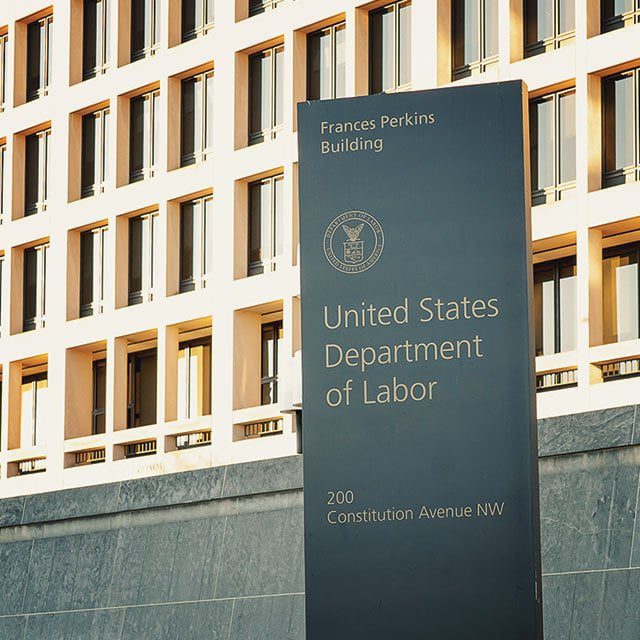Raymond James Preps for DOL's Independent Contractor Proposal

What You Need to Know
Senior leaders at Raymond James say much is at stake with Labor’s proposed overhaul of its independent contractor rules.
A final version of the rule could be published as soon as this month, though delays are seen as likely.
Advisor industry leaders say their firms are not prone to the same potential worker misclassification issues present in other fields.
Back in October, the Labor Department released a proposed rule under the Fair Labor Standards Act to be used by employers to determine worker classification more strictly as either an independent contractor or an employee.
While hailed by workers’ rights advocates as an important step meant to protect vulnerable populations at risk of exploitation on the job, the act also immediately sparked a backlash from leaders across a number of industries — among them financial services — who feel their organizations will suffer significant and unintended collateral damage from the proposal’s broad scope.
Fast forward to May 2023, and senior executives in the advisor industry continue to voice concerns that Labor’s rule could threaten independent advisors’ cherished ability to work as independent contractors. Among the prominent voices sharing their trepidation is Jodi Perry, president of the independent contractor’s division of Raymond James.
In a recent interview with ThinkAdvisor, Perry said her role at Raymond James gives her an obvious and significant incentive to get involved in the rulemaking process, which she has done via her participation on the board of the Financial Services Institute.
Perry has also been encouraging advisors across Raymond James’ sizable independent contractor wing to write to their lawmakers and to submit formal comments to the Labor Department, highlighting the reasons the advisor industry is not subject to the same misclassification issues as, for example, mobile application-based food delivery.
Simply put, many advisor professionals happily choose to operate as independent contractors, as this gives them much-needed control over everything from business structure and marketing to client service and investment management.
Perry was joined in the discussion by her Raymond James colleague Tim Killgoar, who leads the firm’s financial institutions division. Like Perry, Killgoar voiced concern about the potential implications of the proposed worker classification regulations, and both echoed comments made recently by Scott Curtis, president of the Raymond James Private Client Group.
According to the trio of Raymond James leaders, the independent contractor rule is one of the most pressing regulatory issues facing the industry in 2023, and as such, they remain focused on the rulemaking process and are preparing for both the best and worst possible outcomes.
Some Regulatory Background
The DOL first released its proposal on Oct. 11. In basic terms, the proposal seeks to replace the existing 2021 test under the Fair Labor Standards Act used to determine worker classification as either an independent contractor or an employee.
As proposed, the new Labor rule would replace the 2021 rule that went into effect as a result of a ruling in March by the U.S. District Court for the Eastern District of Texas. The ruling determined that Labor’s delay and withdrawal of its independent contractor rule violated the Administrative Procedure Act.
Labor’s regulatory flexibility agenda states that the department plans to issue a final independent contractor rule in May. However, given the complexity of the proposal and the mountains of both positive and negative feedback from a variety of stakeholders, policy experts have suggested the May deadline is likely unrealistic.




